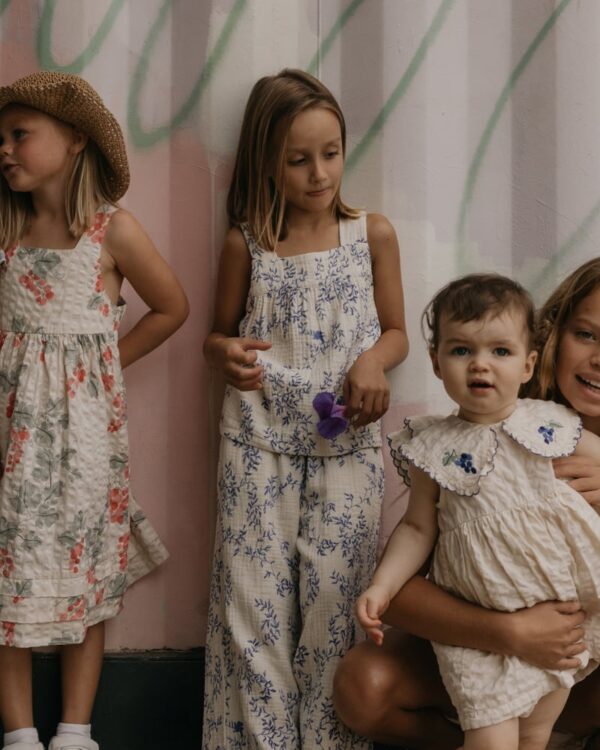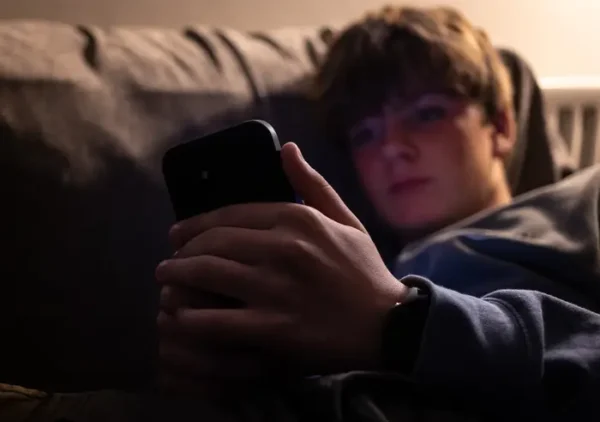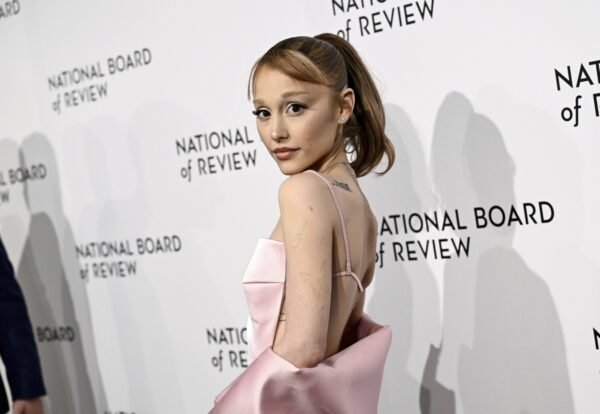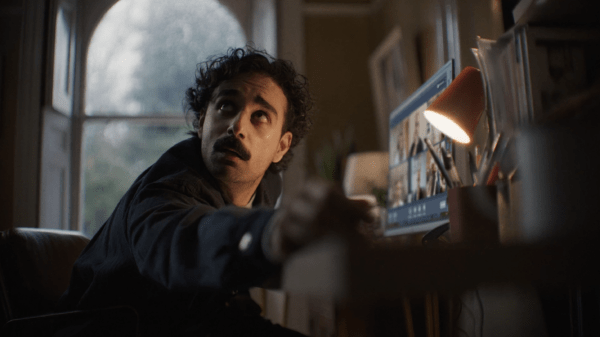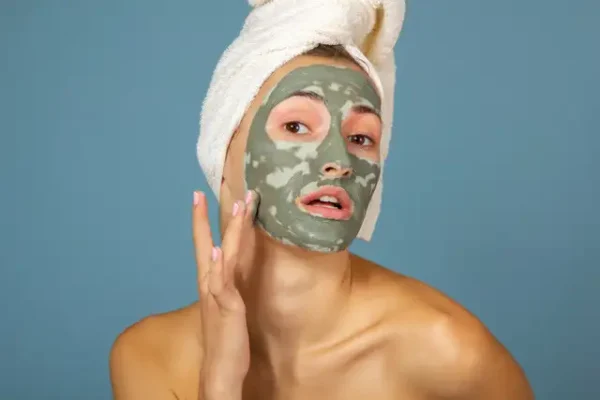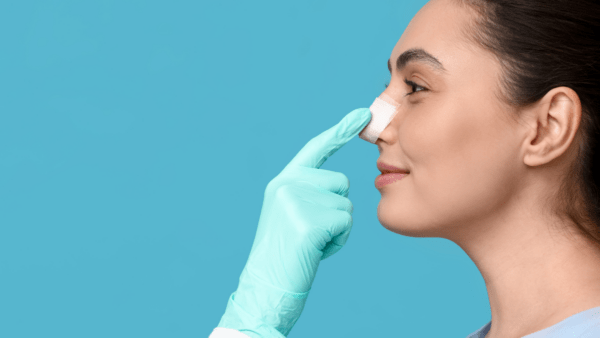
Rhinoplasty, a Natural Approach to Nose Reshaping
You may know rhinoplasty by its common name, nose job. But, whichever terminology you use, one thing remains true, it is one of the most sought-after cosmetic surgeries, ranked as the #3 most popular cosmetic surgical procedures worldwide! To put it into perspective, about 1.1 million people underwent nose surgery around the globe in 2023, and during the same year, nearly 1,950 procedures were done in the UK.
This begs the question, why are so many people opting to go under the knife to reshape their noses? While the answer may differ, a rhinoplasty is a powerful procedure that can transform your appearance and improve your quality of life. Let’s learn more.

Rhinoplasty Origin
Derived from the Greek words “rhinos” (nose) and “plassein” (to shape), the term rhinoplasty literally means “nose shaping”. The earliest known nose-shaping procedures were performed in ancient India. The Sushruta Samhita, a Sanskrit text by the physician Sushruta, describes surgical techniques for reconstructing noses lost due to injury or punishment.
Romans like Aulus Cornelius Celsus also documented surgical techniques, including rudimentary procedures on the nose, while the ancient Egyptians practised early forms of facial repair for both cosmetic and practical purposes.
And throughout the Middle Ages to the Renaissance to the 19th century, evidence of surgeries performed on the nose is rife. However, post WWll, reconstructive surgery techniques advanced rapidly due to the high demand from war-related injuries. Surgeons improved both open and closed rhinoplasty methods, cartilage grafting, and internal suturing techniques. And from the 1960s onward, the rest so to speak is history.
A Deeper Look At A Rhinoplasty Procedure
As we know, rhinoplasty is a type of surgery that changes the shape or size of the nose. And as briefly touched on in the section above, two different techniques exist, namely an open rhinoplasty and a closed one.
- Open rhinoplasty involves an incision along the columella (the strip of tissue between the nostrils), allowing full access to the nasal structure.
- Closed rhinoplasty involves incisions inside the nostrils, leaving no visible scars but offering limited access.
But, who is getting it done? Clearly, many! Currently, women make up about 75% of all rhinoplasty patients and men account for roughly 25%. And, of course, it is almost impossible to name one celebrity who has not gotten a rhinoplasty procedure! Famous names who have admitted to going under the knife to alter their noses include Jennifer Aniston, Kaley Cuoco, and Khloe Kardashian. When it comes to us mere mortals, People might get it for cosmetic reasons, like smoothing a bump, making the nostrils smaller, or lifting the tip of the nose. However, many times the motivator behind getting a nose job extends far beyond aesthetics. These can include helping restore facial balance or fixing a crooked septum that makes it hard to breathe.
Okay, Let’s Talk Risks
Naturally, we are not in the business of being all doom and gloom, however, it is very important to be 100% aware that with any surgery, rhinoplasty included, there are risks.
These can include infection (occurs in about 1% of cases), bleeding (occurring in less than 0.2% of cases), scarring (occurs in about 5% of cases), difficulty breathing (in rare cases), and dissatisfaction with your results (which may require revision surgery). However, the need for revision surgery varies from 5% to 15%, depending on factors like surgical complexity and patient expectations.
We can see that overall, a rhinoplasty is considered a pretty safe procedure, but we cannot stress enough the importance of choosing a board-certified and highly experienced surgeon. This minimises the risks and ensures satisfactory results.
How Do I Know Whether It Is The Right Surgery For Me?
That is a very valid question. Of course, only a consultation with a qualified plastic surgeon will be able to confirm whether or not you are a suitable candidate.
But, generally speaking, the best candidates are those in good overall health, with realistic expectations and a clear understanding of the procedure. It is definitely not for people with Body Dysmorphic Disorder (BDD), smokers who refuse to quit, and those with certain medical conditions.
Simply because a rhinoplasty could potentially let someone with BDD feel worse, smoking can slow down healing and increase the risk of complications, and certain health conditions (like uncontrolled diabetes, bleeding problems, heart issues, or autoimmune diseases) can make your plastic surgery riskier.
Key Points To Remember
A rhinoplasty is a versatile nose reshaping procedure that can help enhance your natural beauty or improve your nose’s overall functionality.
If you are thinking about getting one, it is highly recommended that you talk to a qualified and caring surgeon who can walk you through the entire process, the pros, the cons, and make sure you feel supported every step of the way. After all, it is your face, and you deserve to feel amazing in it.






























